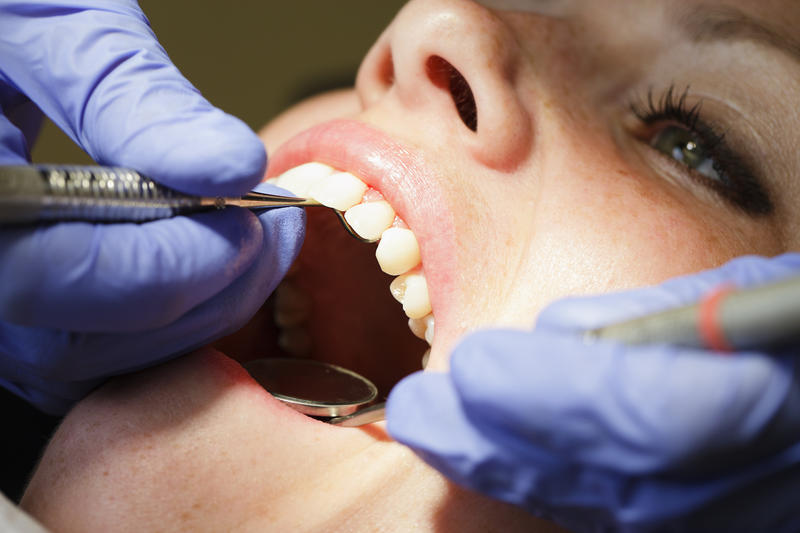
This course aims to confirm what you already know and give you some new tips to try in your everyday clinical practice. The presenters will address the current thinking related to periodontal instrumentation with new technology proven to enhance the patient & operator experience. You will return to work feeling empowered to treat patients based on evidence-based research. Working alongside your dynamic presenters, you will participate in professional-level reviews of anatomy and local anesthesia. Anesthesia discussions will focus on updated indications for use, contraindications, and complications. The presentations will also feature instrumentation principles—including insider strategies in channeling, strokes, pressure, and fulcrums. The afternoon program will focus on presenter-led demonstrations and practical hands-on sessions. The final presentation will highlight ergonomic essentials, including hand instrumentation updates, ultrasonic inserts, and sharpening techniques.
Register for Upcoming Sessions
February 22, 2025 8:30 am - February 22, 2025 4:15 pm
All times for all events are in local Central Time.
Session Location:
Lynda J. Young Conference Room
6-410 Moos HS Tower
Minneapolis Campus
Course Number: CF4853
Enrollment is limited to 30
Learn How To
- List common traits, variations, and anomalies of permanent teeth
- Relate tooth form to function and health of the periodontium and surrounding structures
- Describe how deviations in tooth contour contribute to periodontal disease and affect oral hygiene
- Identify and provide a rationale for the location of plaque, calculus, and stain.
- Understand indications and contraindications for local anesthetic for non-surgical periodontal therapy
- Create advanced fulcrums to provide optimum parallelism for access and instrumentation of deep periodontal pockets
- Create and use an extended grasp for improved access and stroke production
- Perform exploration techniques to detect residual calculus deposits
- Evaluate new instrument designs that can enhance your practice
- Care for your existing instruments and equipment to ensure efficiency
Training Methods
Lecture, discussion, demonstration, laboratory exercises